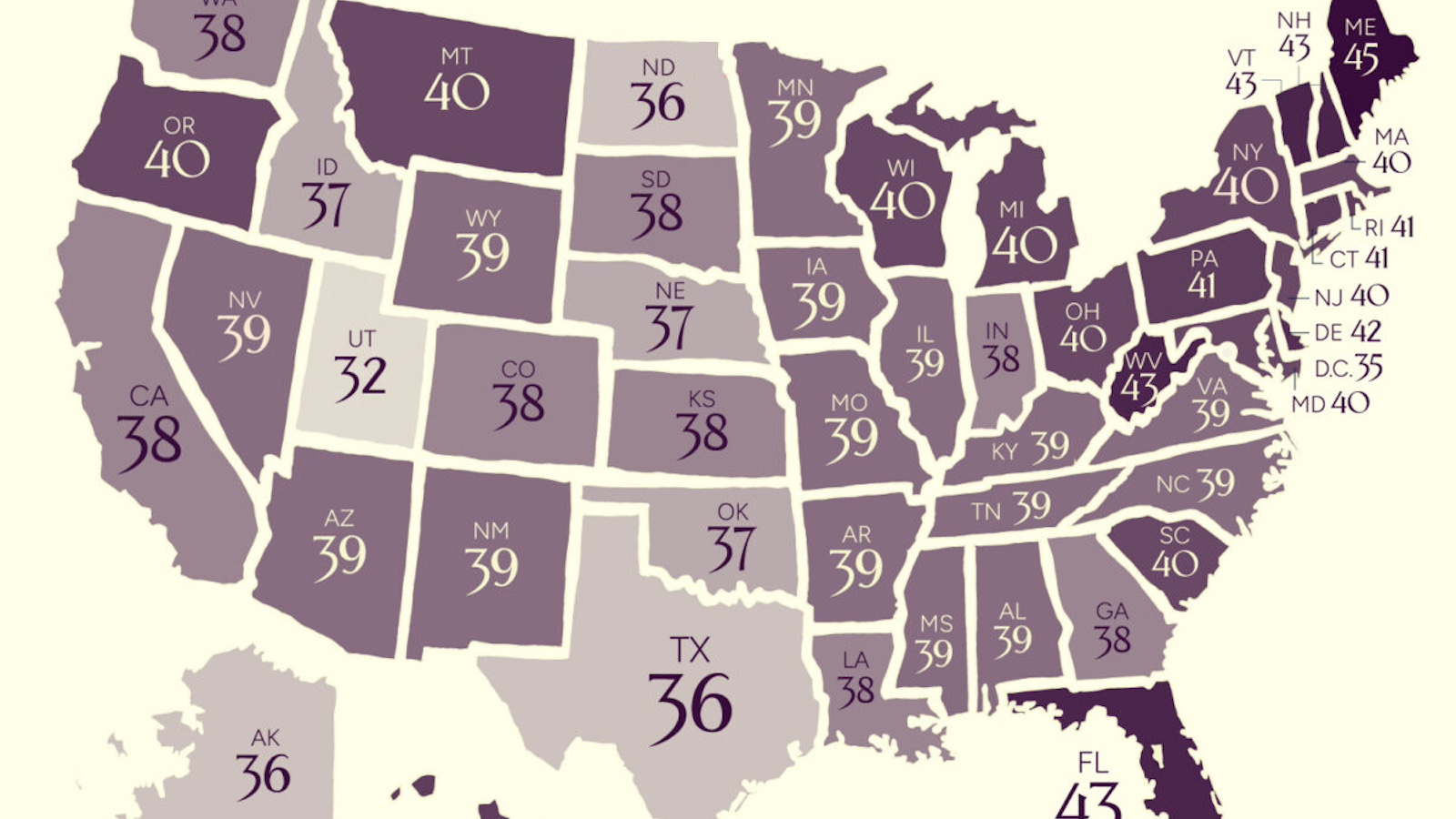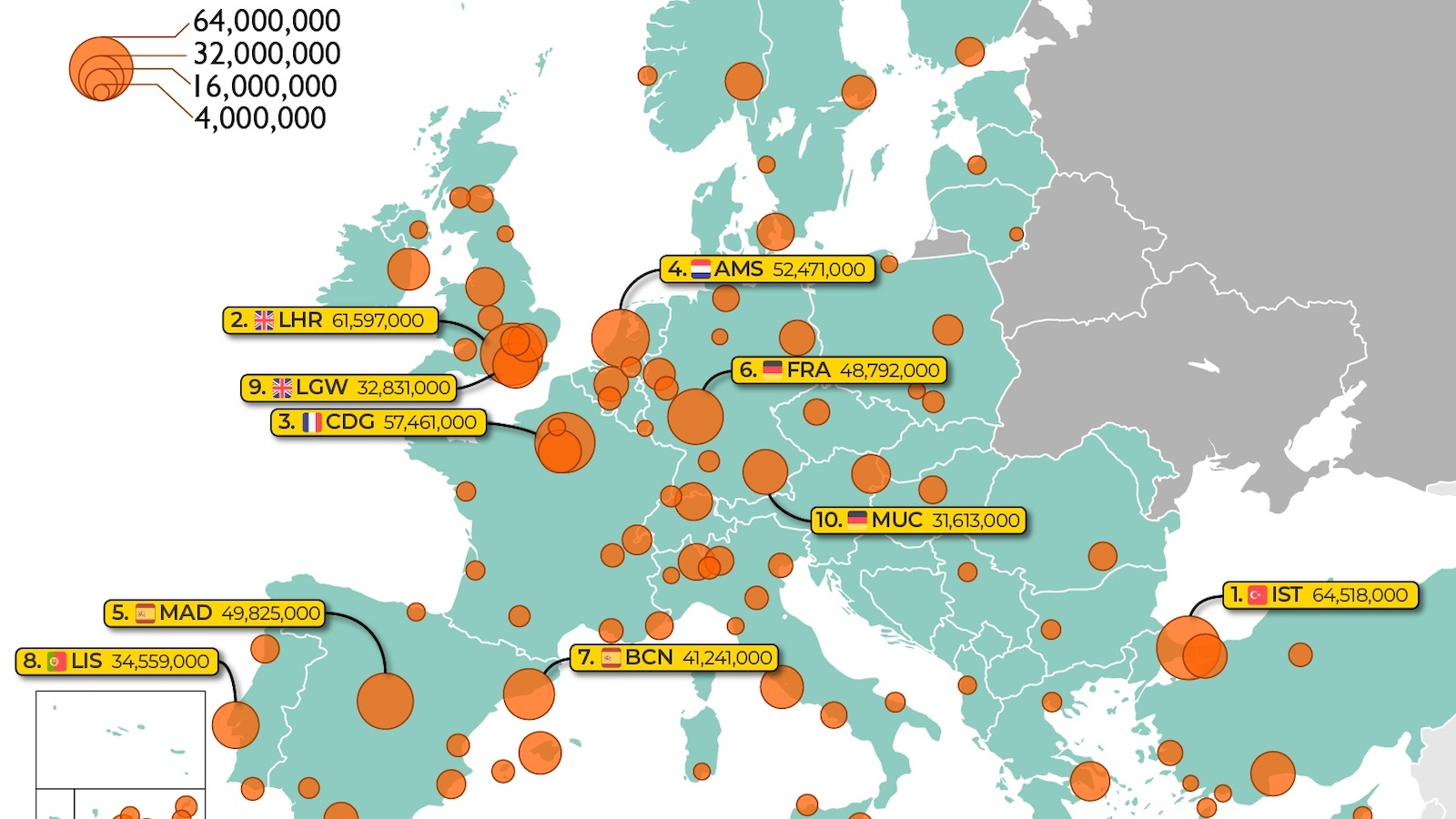Thanks to Iceland, the four-day workweek is coming

- A study in Icelandic government offices again shows the benefits of a shorter workweek.
- Productivity rose enough to ensure that all services were still provided as needed.
- Because of the study’s success, 86 percent of Icelanders now or soon will have the right to a shorter workweek.
In 1886, the standard workweek in the United States consisted of six, ten-hour days. On May 4th of that year, a riot took place in Chicago after an unknown person threw a bomb at officers trying to break up a peaceful rally in favor of the then-radical notion of an eight-hour work day. While it took a few more decades to get there, today, the eight-hour workday seems quite natural.
Today, the discussion centers around the possibility of a further cut in the workweek, from five days to four days. Joining the pile of studies on this topic is a newreport out of Iceland documenting the recent success of one of the largest experiments to date on a reduced workweek. Carried out by the Icelandic government and published by Autonomy, a UK think tank, the report suggests that a substantial portion of the economy could switch over to a short workweek tomorrow with little in the way of negative effects.
An experiment in Iceland
Icelandic workers spend more hours per year in the office than do those of several other European nations and can be less productive during that time than some of those other workers. The experiment was designed in hopes of meeting the work-life balance of Icelanders, improving productivity in the workplace, and providing a route for bringing hours in line with their neighbors.
The first of the trials was carried out by Reykjavík’s city government between 2014 and 2019 at a few government offices and service centers. The trials eventually expanded to include more than 2,500 workers at “playschools, city maintenance facilities, care-homes for people with various disabilities and special-needs, and beyond.”
Workers in the experimental locations saw their hours reduced from 40 to 36 or 35 hours per week with no loss in pay. The exact way these hours were organized was determined by the individual workplace involved. Many opted to split the hours among four days, while others worked a five-day week with one workday being shorter.
A second trial was carried out by the Icelandic national government at about the same time, starting in 2017 and ending in 2021. This involved 17 workplaces across the country.
Iceland, home of the four-day workweek
Both studies produced similar results. The reduction in hours caused either no change or an increase in productivity and improvements in the reported work-life balance of employees. While many employees were concerned that more work would be crammed into less time, the data show that the workers were actually working less.
Improvements in efficiency were found in every workplace. Employees worked faster. Time-wasting events, like unnecessary meetings, were curtailed. Routines were changed to be more efficient, and shifts and schedules were restructured. Overtime was needed in some offices, but only sparingly.
Importantly, services were provided at the same levels as they were before the reduction in work hours. The well-being of workers dramatically improved, with many reporting increased time with their families, lower stress levels, and a better ability to balance their work and home lives.
The two trials included more than 1 percent of Iceland’s workforce. Thanks to its success, 86 percent of Icelandic workers are on contracts that either reduce their workweek or grant them the right to reduce their workweek in the future.
Work smarter, not harder
The idea of a four-day workweek or reduced hours with no cut in pay is being discussed and tested in many places. The six-hour day has been tried in Sweden to great fanfare. Offices in New Zealand saw dramatic gains in productivity after switching to ashorter week. Microsoft tried afour-day week in Japan and got similar results.
Indeed, the results from Iceland are typical. Anna Coote, principal fellow at the New Economics Foundation, explained in an email to BigThink how the report was well in line with previous studies:
“It confirms other evidence that reduced working time is popular with employees, provided there is no loss of pay. It also confirms the importance of combating low pay at the same time as moving towards shorter working hours. A four-day week (or its equivalent in hours) must benefit lower income groups, not just those on higher pay. No one should have to work long hours just to keep a roof over their head and food on the table.”
A four-day workweek is coming
In the book The Case for a Four Day Week, Coote and her co-authors examine the impact of a four-day workweek on society. They foresee a number of changes for society at large.
For example, it is still the case that women do more housework than men. However, the Iceland experiments showed that men in the study performed a larger share of household duties due to spending less time at the office. A four-day week could also benefit the environment through wasting less energy and fewer commutes.
In an email to Big Think, Coote reminds us that a “new normal” may be coming:
“What is ‘normal’ is not natural or heaven sent — it is constructed over time by human-made structures and systems. Yesterday’s ‘normal’ was a 10-hour day. Working people won the right to an eight hour day through a protracted struggle over many years of social and economic change. Tomorrow’s ‘normal’ is likely to be a 4-day week or its equivalent in hours across a week, month, year or lifetime.”
If the four-day workweek indeed becomes the norm, we all owe a debt of gratitude to Iceland.





